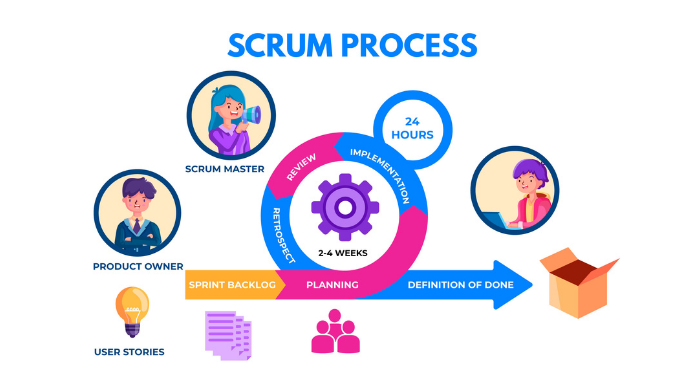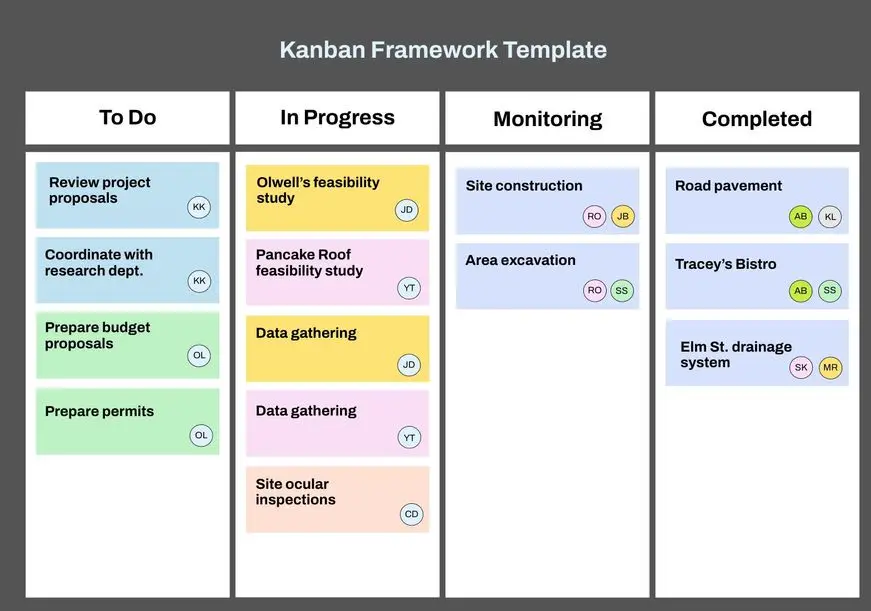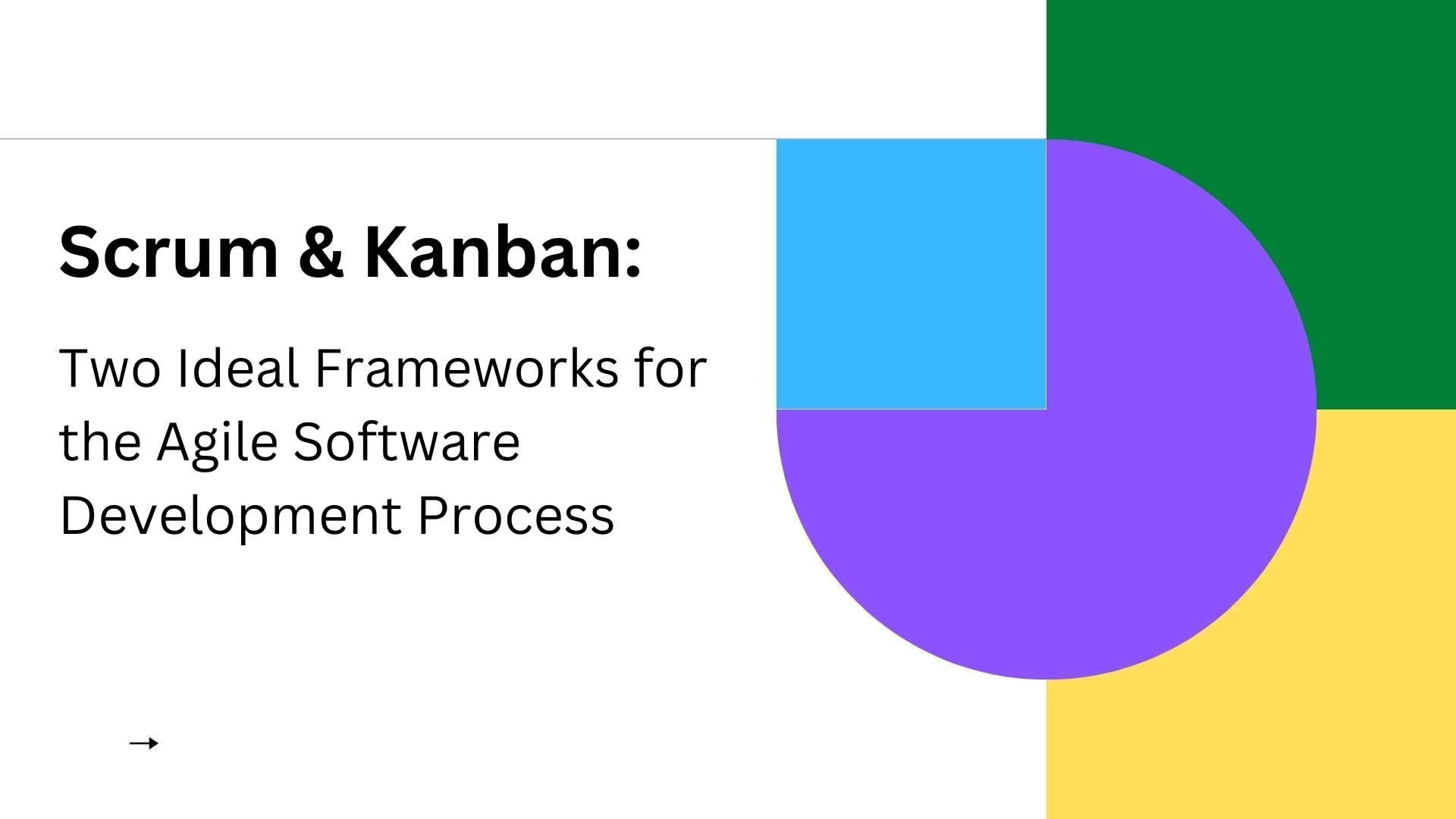In the fast-paced world of software development, agility is key. With ever-changing requirements, tight deadlines, and a need for continuous improvement, traditional project management approaches often fall short. That’s where agile methodologies come into play. Among the various agile frameworks available, Scrum and Kanban have emerged as popular choices for managing software development projects. Here we will explore Scrum and Kanban, their core principles, and how they can revolutionize the way software development teams work.
Scrum:
Embracing Collaboration and Iterative Development Scrum, one of the most widely adopted agile frameworks, emphasizes collaboration, flexibility, and iterative development. It operates on the basis of self-organizing, cross-functional teams working in short, time-boxed iterations called sprints. Each sprint typically lasts for two to four weeks, during which the team plans, executes, and reviews their work.
Scrum employs a set of predefined roles, including the Product Owner, Scrum Master, and Development Team. The Product Owner represents the stakeholders and manages the product backlog, prioritizing the work. The Scrum Master ensures adherence to Scrum principles and facilitates the team’s progress. The Development Team carries out the actual development work.
One of the standout features of Scrum is the daily Scrum meeting, also known as the daily stand-up. These brief, focused meetings encourage transparency and communication within the team. Each team member shares what they accomplished since the last meeting, what they plan to do next, and any potential obstacles. This helps everyone stay aligned and aware of the project’s progress.
Scrum’s emphasis on frequent feedback and regular reflection also plays a vital role in continuous improvement. At the end of each sprint, the team conducts a retrospective to evaluate what went well, what didn’t, and how they can enhance their process moving forward. This introspective approach empowers teams to adapt, learn, and optimize their performance throughout the project lifecycle.

Kanban:
Visualizing Workflow and Optimizing Flow Kanban, originating from the Lean manufacturing philosophy, offers a different approach to agile software development. It revolves around visualizing the workflow, limiting work in progress (WIP), and optimizing the flow of tasks. Kanban boards, often represented using sticky notes or digital tools, provide a visual representation of the project’s progress.
Kanban emphasizes the importance of limiting WIP to maintain focus and reduce bottlenecks. Rather than working in fixed-length sprints, Kanban allows for a continuous flow of work. Developers pull tasks from a prioritized backlog and progress them across the Kanban board’s columns, typically representing stages like “To Do,” “In Progress,” and “Done.” This visual representation fosters transparency, enabling everyone to understand the project’s status at a glance.
Kanban promotes a “stop-start-continue” approach, where the team continuously assesses their work processes and adjusts accordingly. By measuring lead times and cycle times, teams can identify areas for improvement and streamline their workflow. This data-driven approach empowers teams to make informed decisions, optimize their efficiency, and deliver value faster.

Choosing the Right Framework:
Scrum vs. Kanban Both Scrum and Kanban offer unique benefits, and the choice between them depends on the project’s nature, team dynamics, and organizational context. Scrum suits projects with evolving requirements and a need for frequent collaboration and feedback. It provides a well-defined structure and ceremonies that support iterative development.
On the other hand, Kanban shines when the focus lies on visualizing and optimizing workflow. It suits teams that handle a continuous flow of work, enabling them to identify bottlenecks and eliminate waste. Kanban’s flexible nature allows for easy adaptation to changing priorities and enhances efficiency by promoting a steady workflow. Upcoming trend of Scrum ban will cover in next coming sessions.
Conclusion
svaapta-it-ally is a leader in Agile product management company offering quality services for development of software, applications, websites and much more. We hold skillful software programmers, that holds development expertise, especially the MVC . NET application development, and various web application development through the most acclaimed agile development approach. Hire dedicated developers and programmers now.

